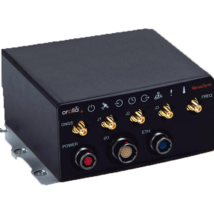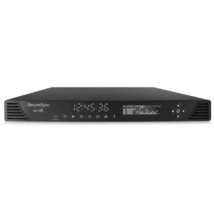Time & Frequency
The synchronization of clocks is a mechanism allowing two distinct systems to be synchronized, that is to say to have a difference between their subjective times as small as possible.
In the information sciences (computer science, telecommunications and signal processing), time is an ubiquitous notion. The signals manipulated and exchanged depend in fact on the time that they are, for example, the audio signals in a microphone or the radionavigation signals received by a GPS receiver, microwaves in mobile telephony, signals from a sonar in a sub -marine, biomedical signals, video signals in television, computer data within a computer or circulating through a computer network, etc.
The measurement of time in electronic devices is done locally by means of electronic clocks controlled by quartz. The frequencies are generally very accurate but there are fluctuations due to many factors (eg temperature variations, altitude variations, Doppler mobility) and phase differences. Fluctuations cause more or less significant drifts (up to several seconds at the end of the day) and are random. The time being measured by counting the clock pulses, the small fluctuations on the clock frequency can lead to large time errors, since these are accumulated over a large number of pulses.





